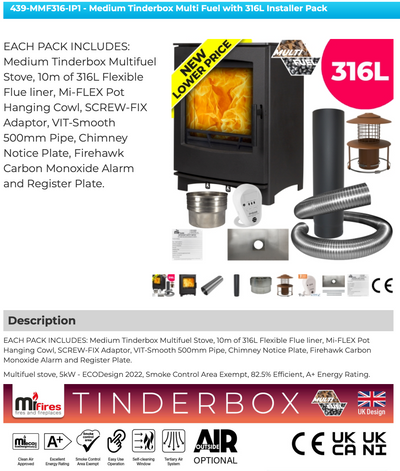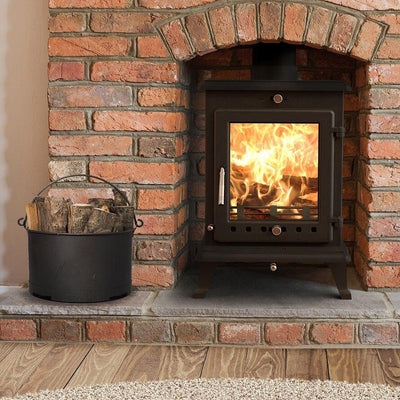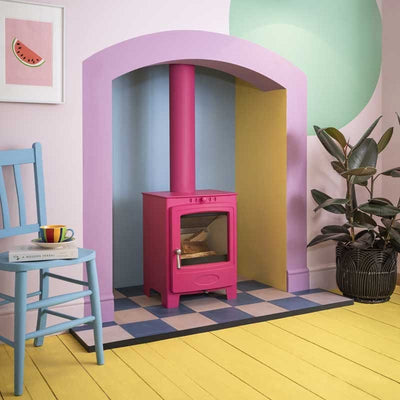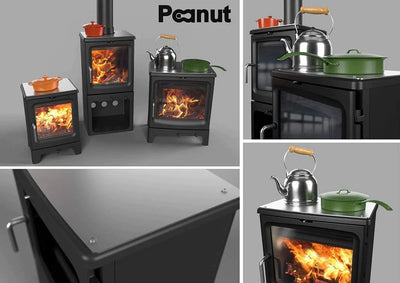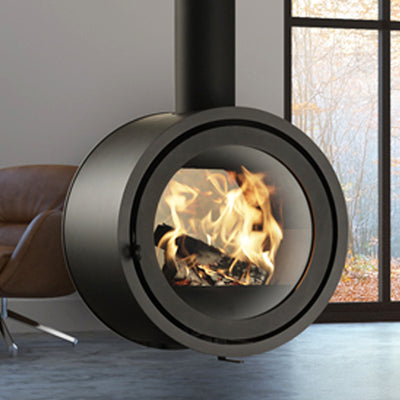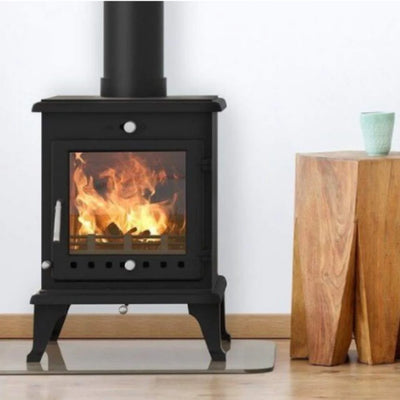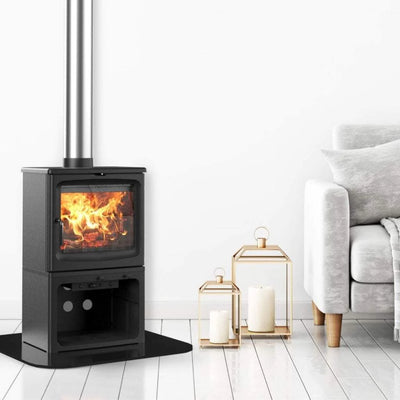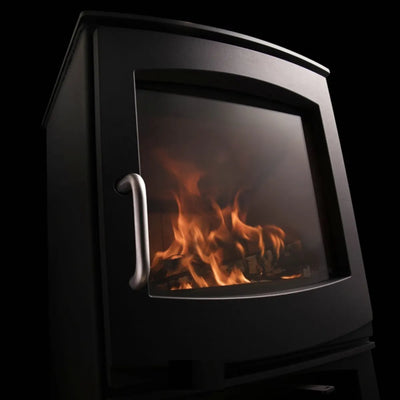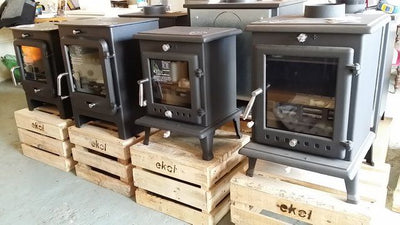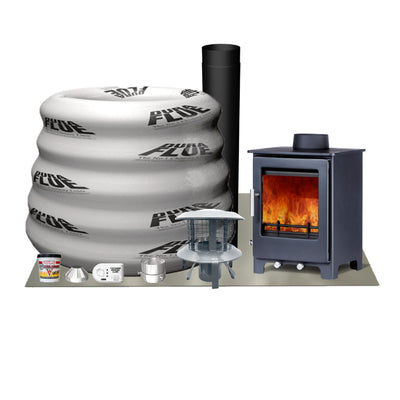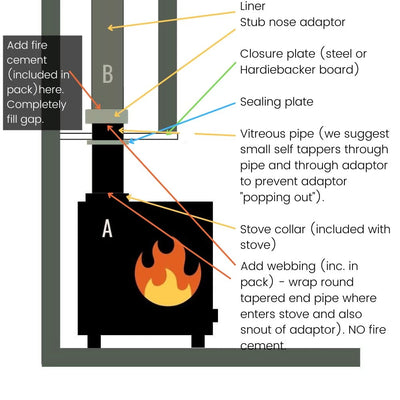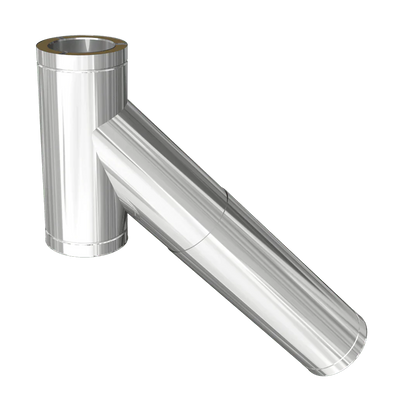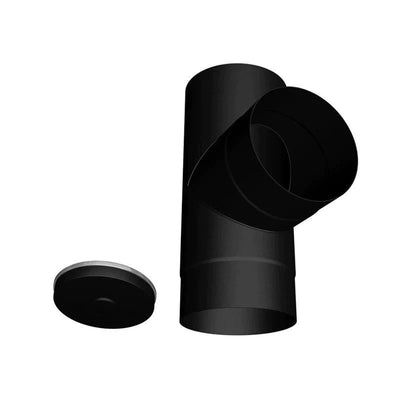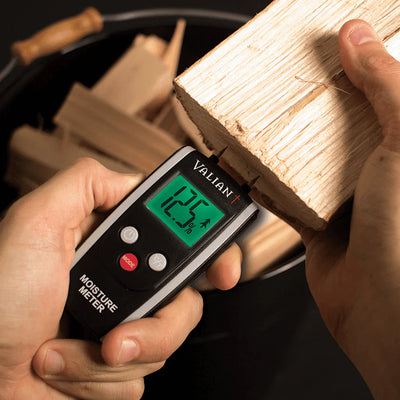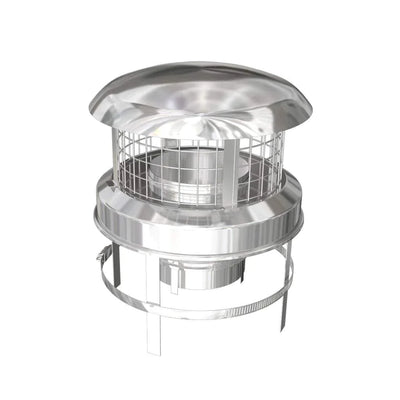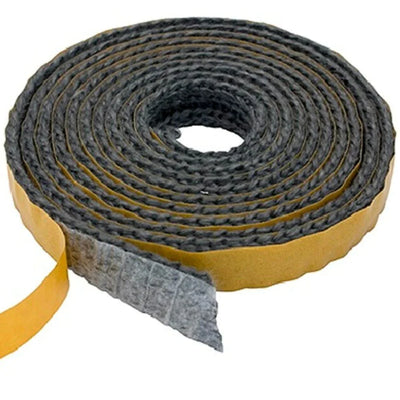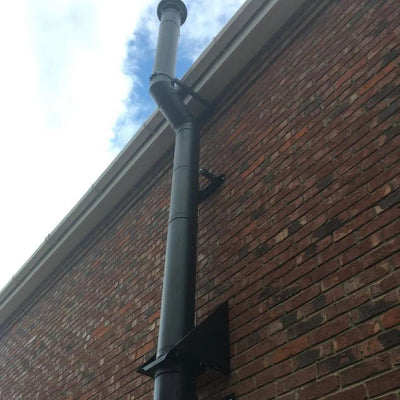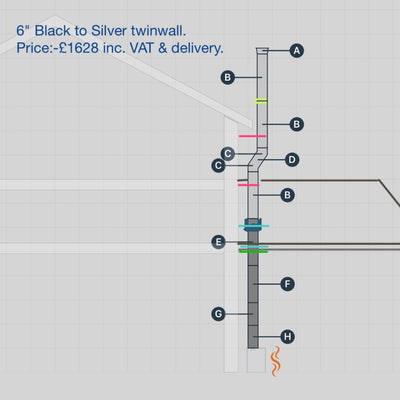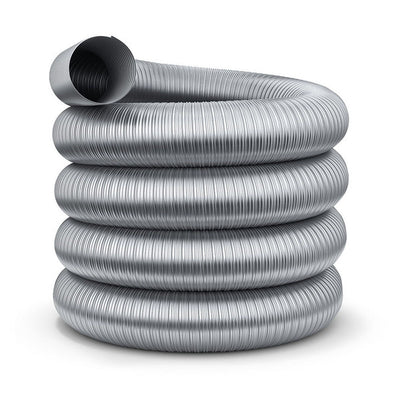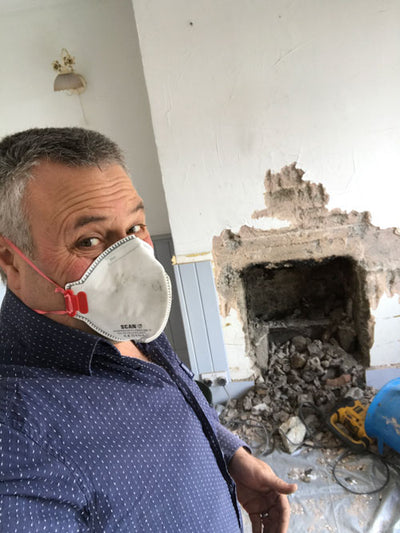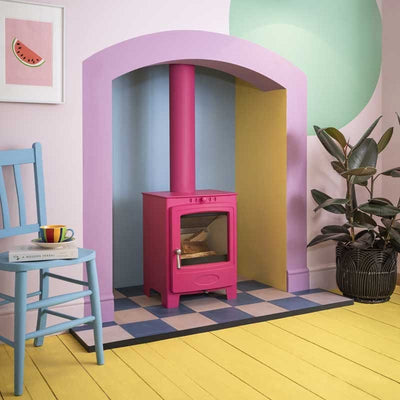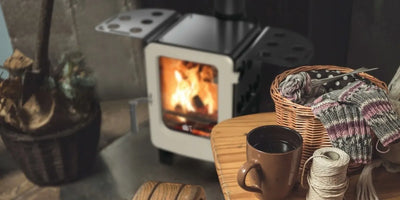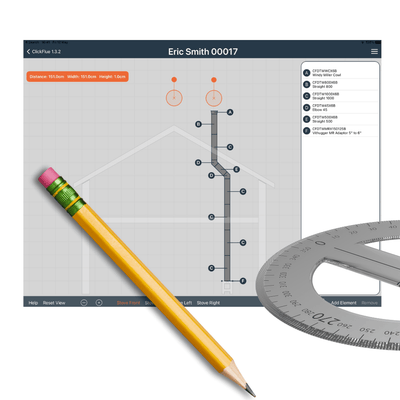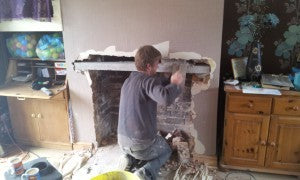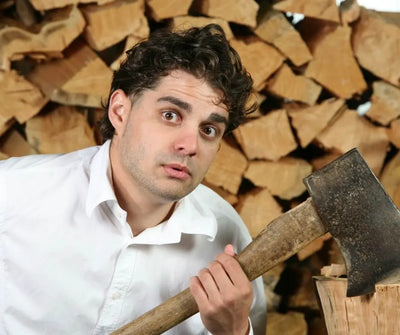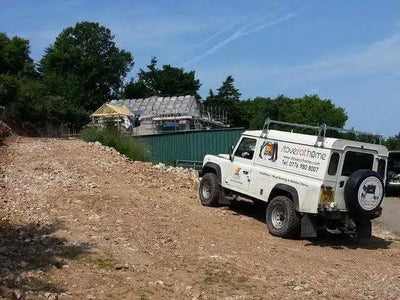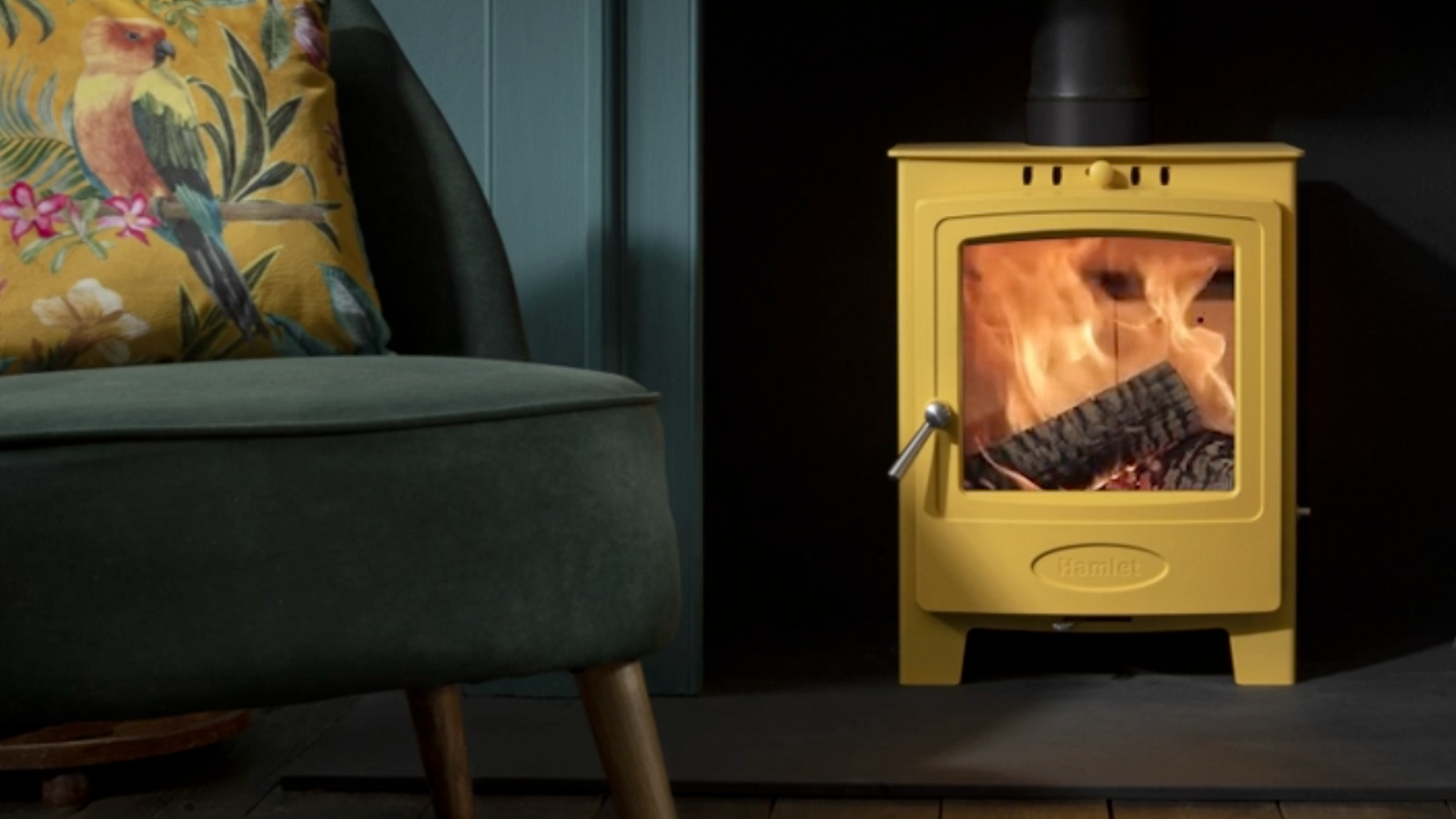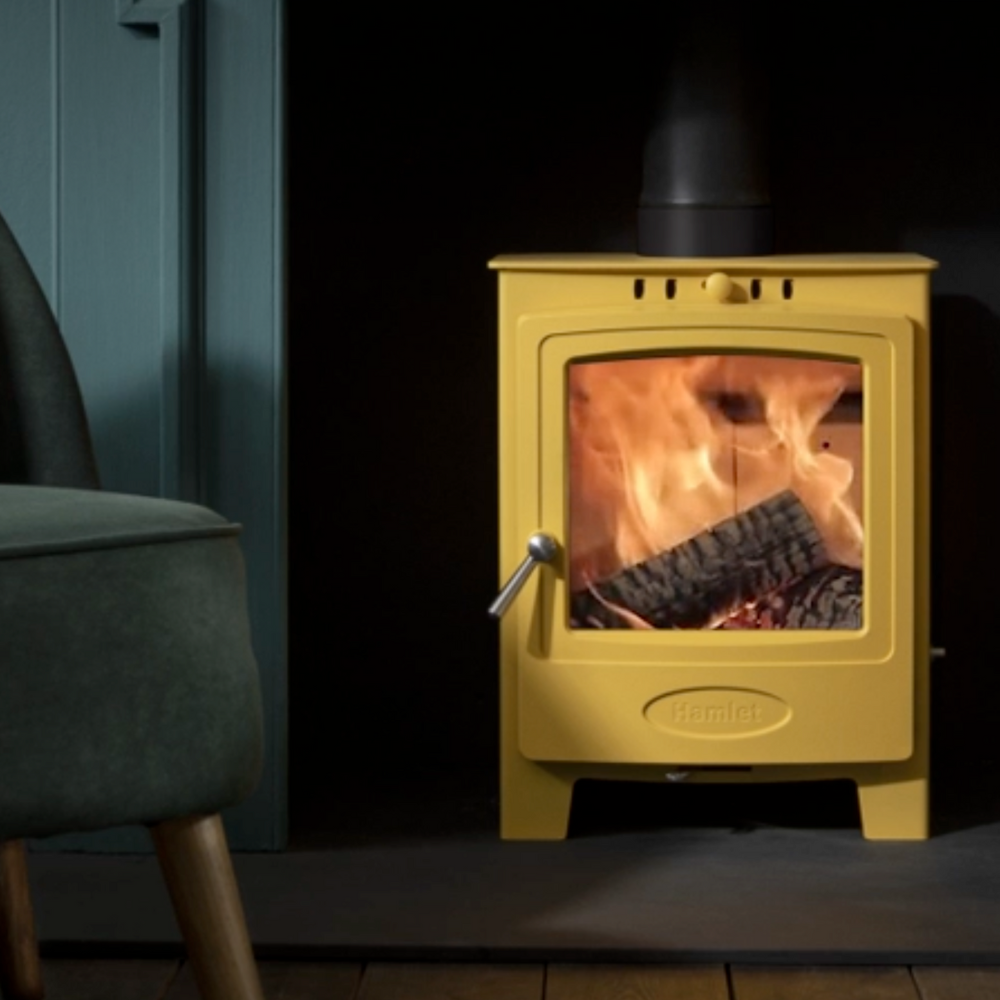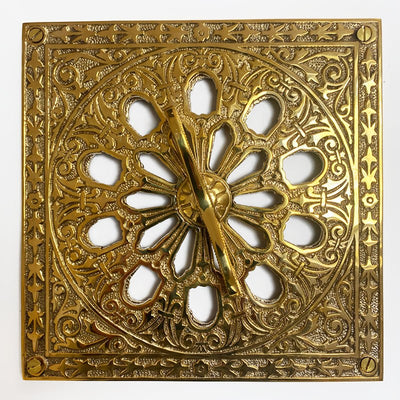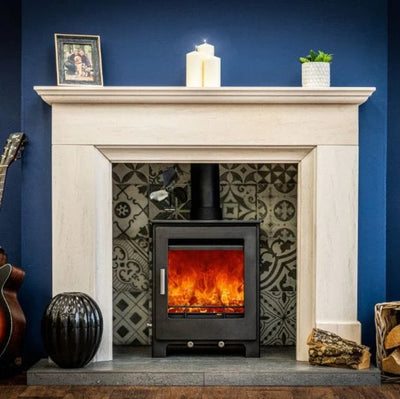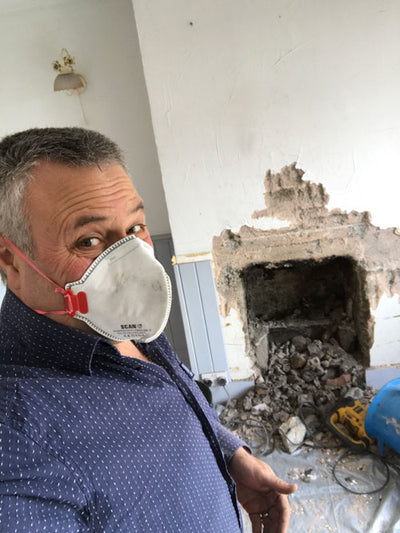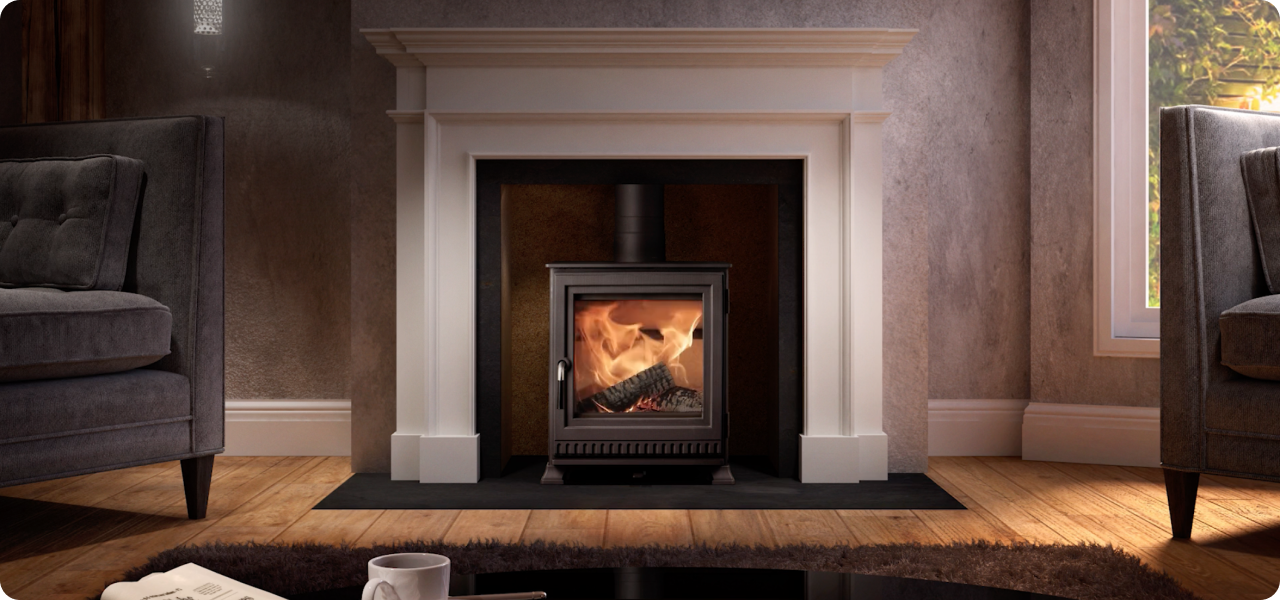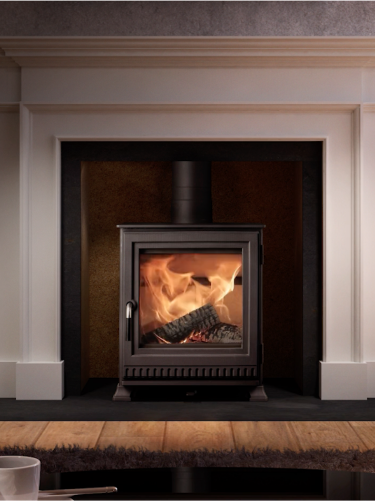I get feedback from clients and one thing I also sometimes hear is that a tiny minority of Building Control Officers sometimes tell you to not bother them but to get a Hetas engineer in. This is likely an inspector “fobbing you off” because he does not certify stoves very often and is stressed because he will have to review the rules and he’s a bit busy. Be under no doubt – you are allowed to self install a solid fuel stove and your local Building Control must assist by providing the service they are paid to offer.
Also some Building Control do insist that a qualified person checks the installation at completion. They will usually cite you get one of the following to do this: Gas Safe, Hetas, Oftec, Nace, Nacs. If they must have this then I would get your local chimney sweep to sign the paperwork they give you. It will likely cost an extra £30-£50 but I believe it is well worth it. It is though unfair in my opinion – there is no reason why Building Control should make you do this as it not difficult and they have had their fee.
Building Control charges
Some Building Controls are not very switched on and will also insist on themselves employing an installer to check your install and its compliance with Building Regulations. This is very annoying as they will also likely want you to pay for it.
Unfortunately it appears that they can do this.
See here: http://www.legislation.gov.uk/uksi/2010/404/regulation/7/made
They do though have to follow a process - make sure they do so.
Take a look at this document. It says in here: “In the case of local authorities, which cannot refuse to undertake building control on a project if requested…”
Not all Building Controls
Most local Building Controls are much more financially realistic and friendly and helpful.
So what happens next after you fill your form in?
Somebody from Building Control will contact you (you may have to contact them to prompt them) and will arrange to visit you PRIOR to the job starting. At this visit you will tell them what you plan to do (e.g. “I am going to slide a liner down my chimney and fit model “X” stove as well as a closure plate and an air vent").
They will likely ask a couple of questions/provide advice then leave. Before leaving they will likely say that they want to check things over at a certain stage (e.g. when liner is in but before stove fitted). They might say they’ll see you at the end of the work or request you take stage photos. Each Building Control or individual officer will be different but all should assist you in finding the relevant building regulations.
Before I was Hetas-registered I put my stoves through Building Control and in all cases they came prior to start and then again at the end of the job. They were always fair and helpful.
Building Control are not there to “try to catch you out” (or they should not be). They are there to assist with building regulations for wood burning stoves if required and check the job is to regulations. The process sounds a little long winded but in practice it is likely to be fine. Some officers are knowledgeable, some are, shall we say, less so.
Ensure that you put your notice in at least ten days before you wish to start work and do not be afraid to call them to find out what to do or to arrange a site visit.
At the end of the process you will receive paperwork that states your stove install is legal.



